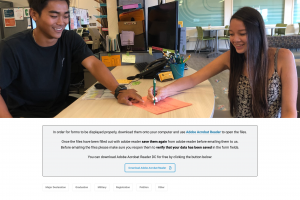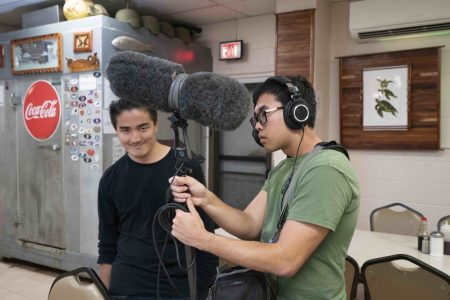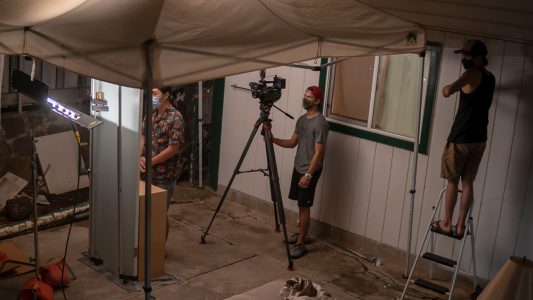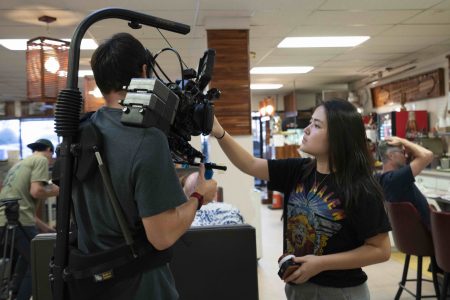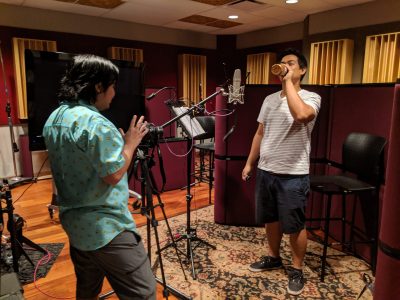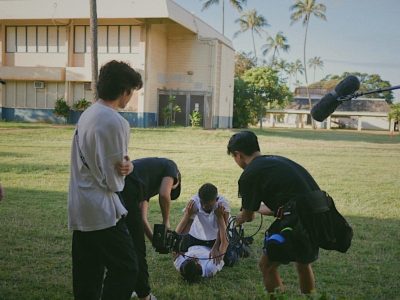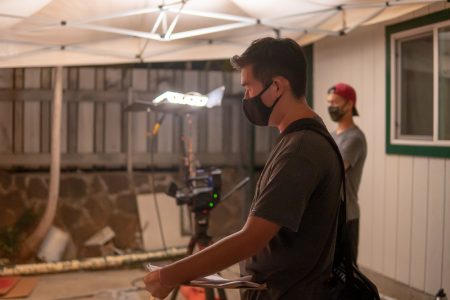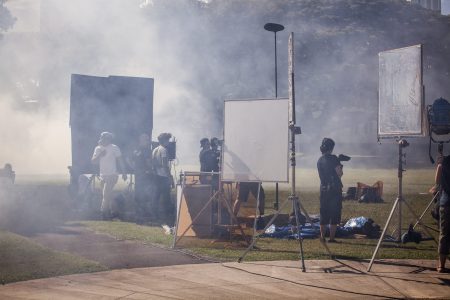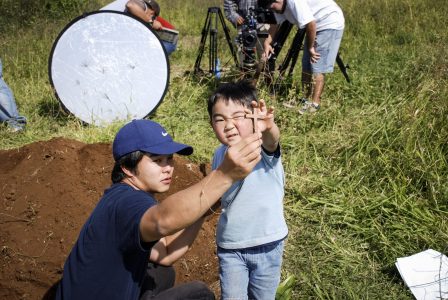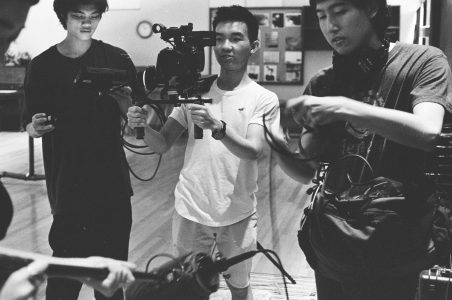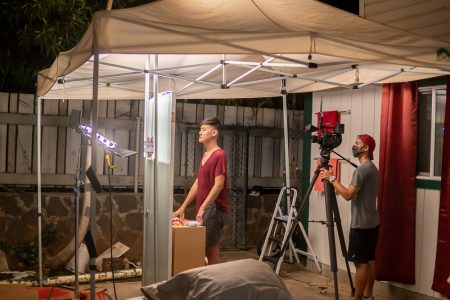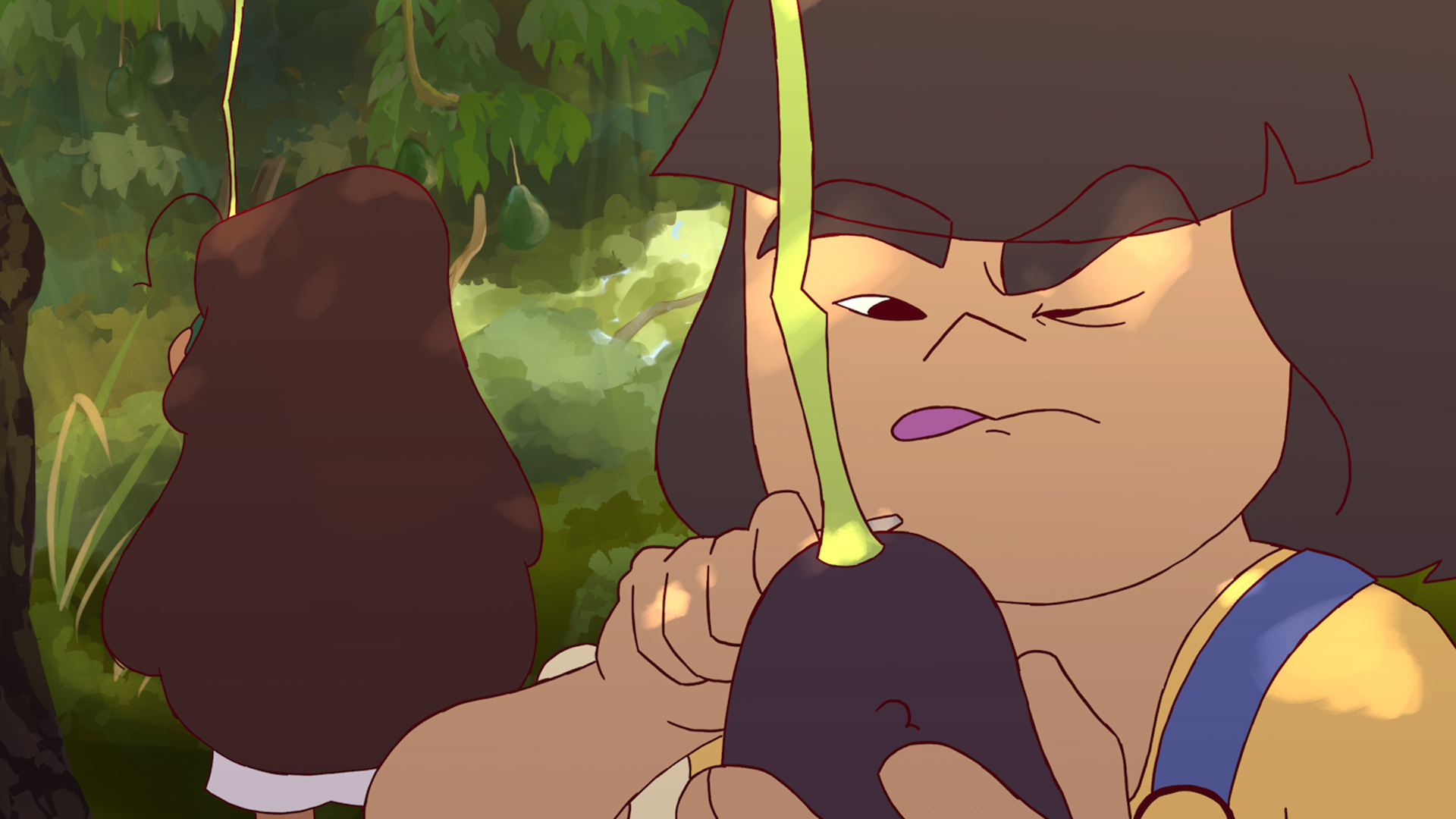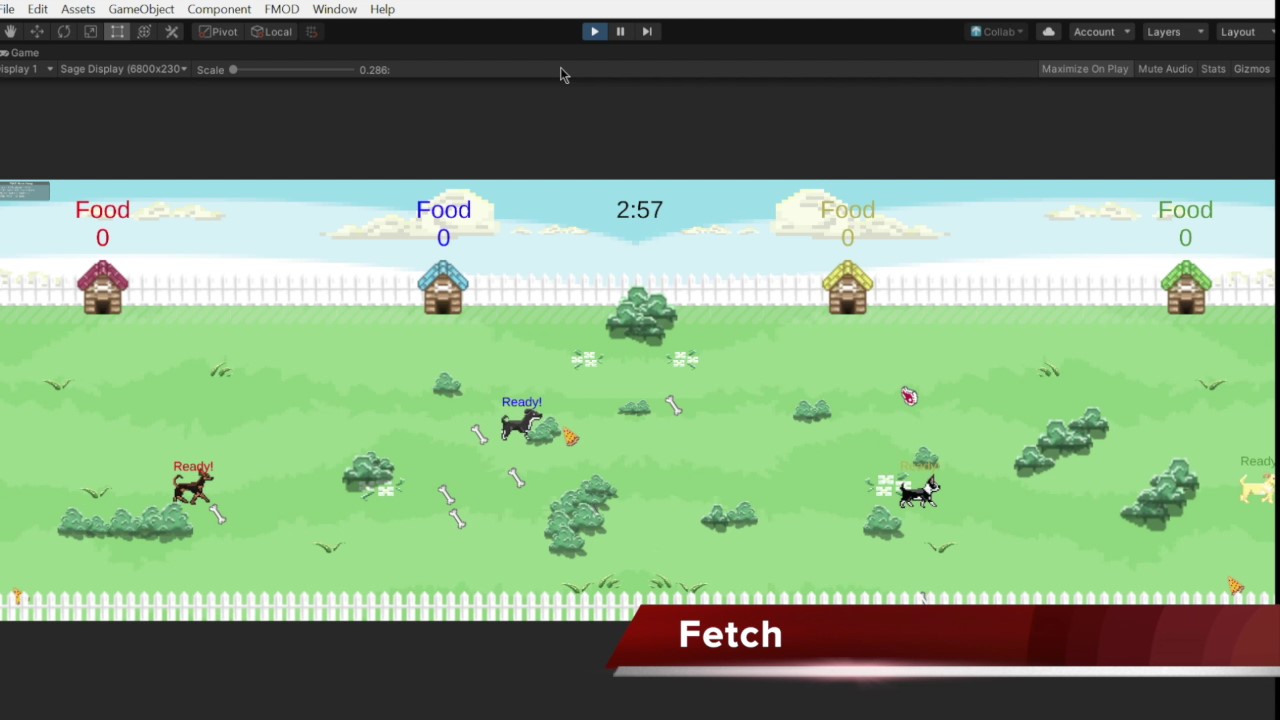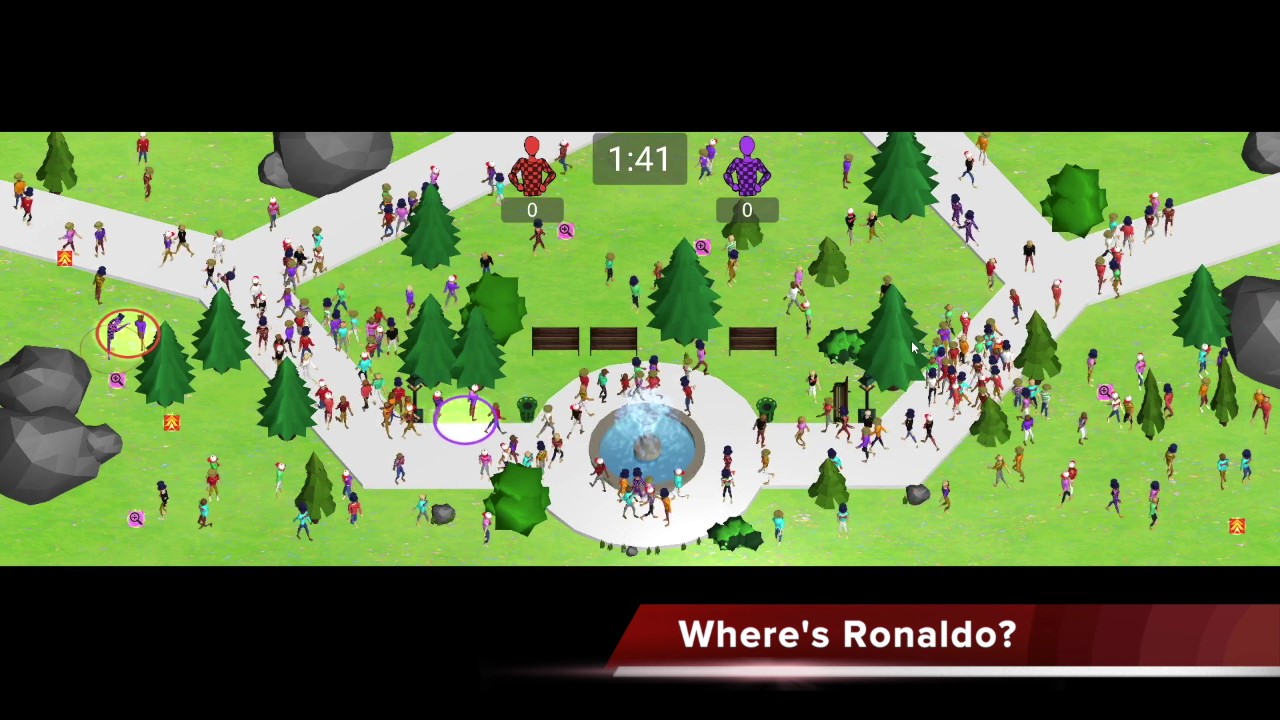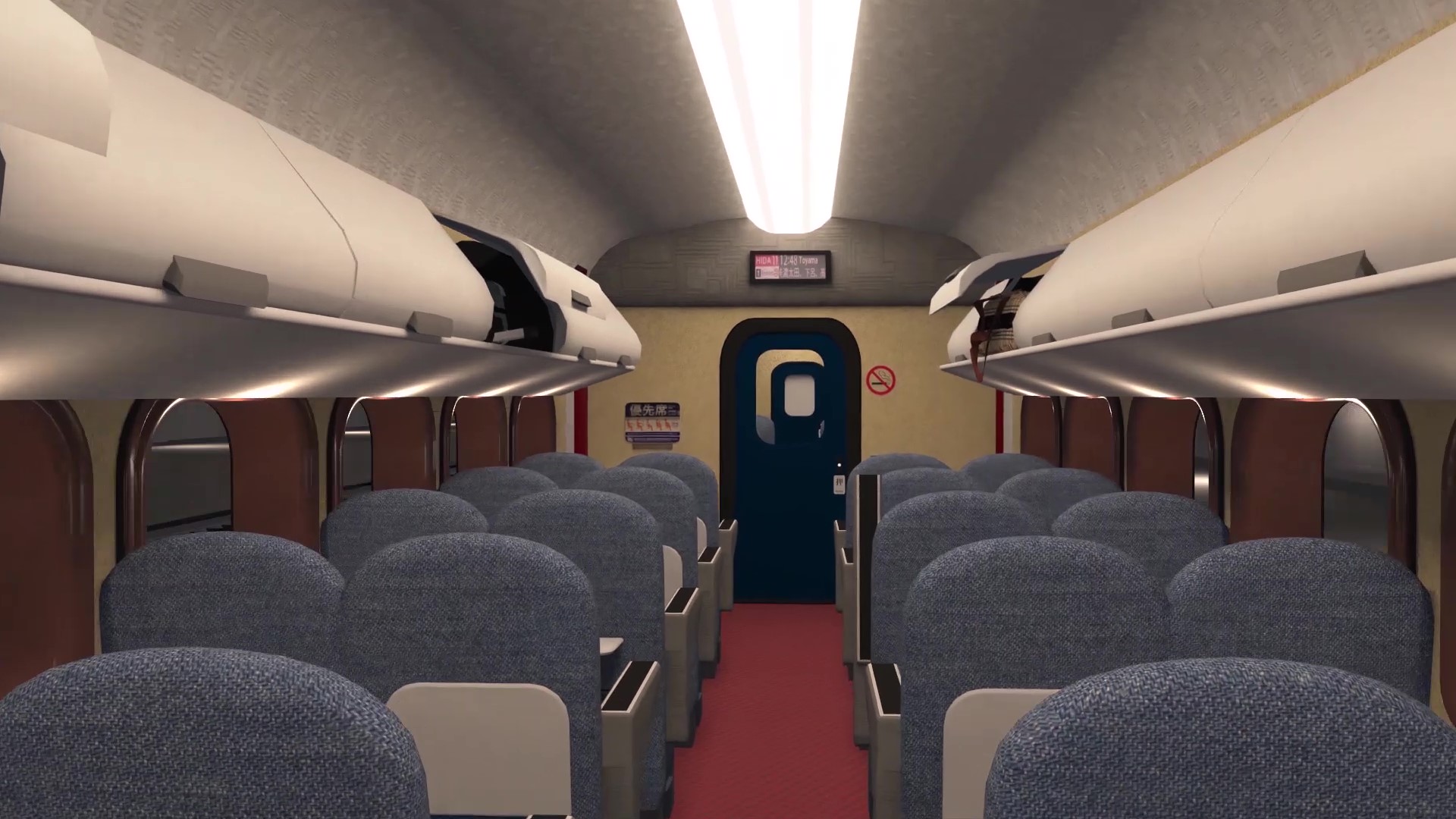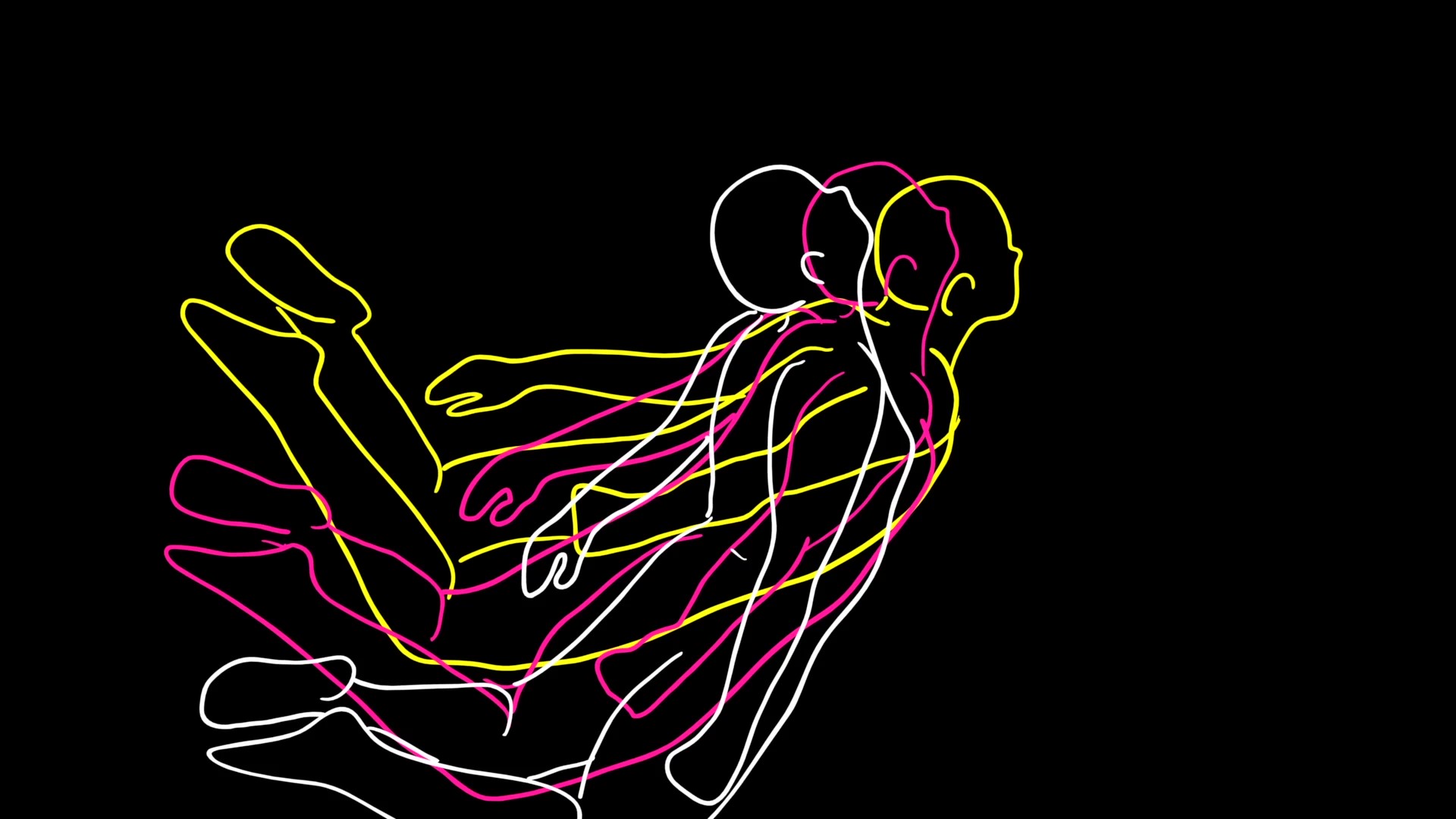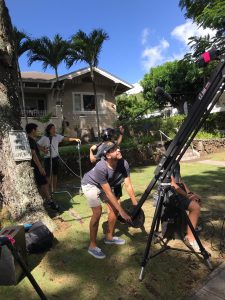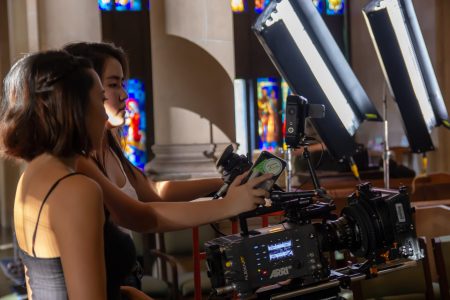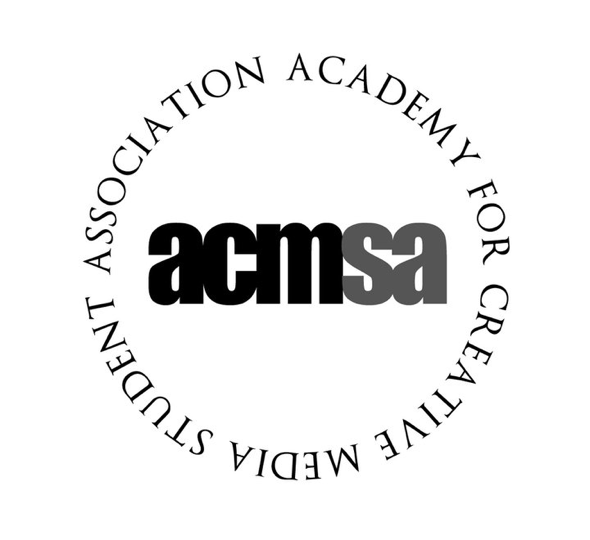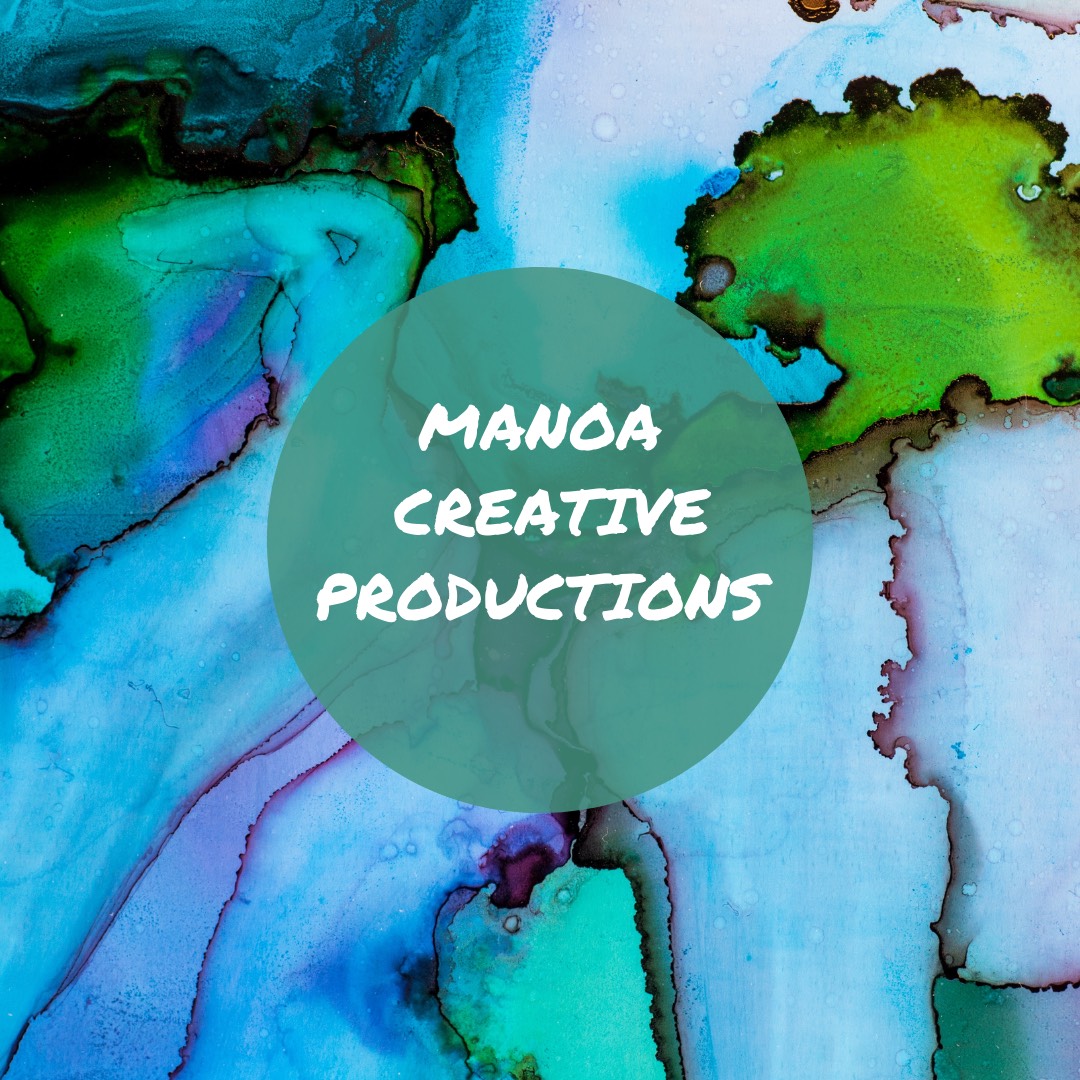How to Become an ACM Major
Are you interested in becoming an ACM major? It’s easy to apply!
- Visit manoa.hawaii.edu/admissions to begin the application process to UH Mānoa
- Click on the appropriate application type for you, i.e. Freshman, Transfer, or International student.
- Complete the 3-step UH Mānoa Application process. On Step 2 “Your Academics,” be sure to choose “Creative Media – BA” as your planned course of study. (see image)
- Download and complete the “Declaration/Change of Major” form from Advising at https://manoa.hawaii.edu/advising/forms/ (see image)
- Make an appointment with the Advising Center by emailing advising@hawaii.edu. An advisor will accept your “Declaration/Change of Major” form and create an advising plan with you.
You can decide between 3 tracks as your major concentration: Creative Media, Animation, and Digital Cinema. For more information about each track’s course requirements, please visit the Academic Tracks section.
Please note: all ACM majors are automatically placed in the Creative Media track. If you wish to focus your studies in Animation or Digital Cinema, you will need to submit a portfolio before the March 1 or October 1 deadlines. For information on portfolio requirements and to submit your portfolio, please visit the Portfolio Requirements section.
Track Requirements
ACM offers a core curriculum in three tracks: Creative Media, Animation and Digital Cinema.
Click Here For Creative Media Track Requirements
I. CORE: 18 credits
ACM 255 Introduction to Cinema and Digital Media
ACM 215 Introduction to 3D Computer Animation Or ACM 310 Cinematic Narrative Production
ACM 350 Screenwriting
ACM 360 Indigenous Aesthetics
ACM 385 Topics in Creative Media
ACM 460 Ethics and Film
II. TRACK (REQUIRED COURSES): 12 credits
ACM 330 Independent Producing
ACM 380 Genre and Narrative Theory in Creative Media
ACM 382 Authors in Creative Media
ACM 482 The American Documentary
III. TRACK (ELECTIVE COURSES): 12 credits/4 courses
ACM 314 Experimental Art and Animation
ACM 315 Narrative Game Design
ACM 317 3D Cinematography and Dynamics
ACM 325 Visual Effects
ACM 352 Screening Asian Americans
ACM 355 Oral Tradition to Screenplay
ACM 386 Techniques in Creative Media
ACM 390 Workshop in Creative Media
ACM 399 Independent Group Project
ACM 405 Documentary Production
ACM 450 Advanced Screenwriting
ACM 452C/452E History and Film
ACM 455 Indigenous Filmmaking
ACM 475 Narrative Feature Screenplay
ACM 480 Oceanic Media and Culture
ACM 485 Seminar in Creative Media
ACM 486 Capstone Creative Production
ACM 490 Global Media
ACM 495 Creative Media Internship
ACM 499 Directed Study
These additional ACM courses can be substituted for a track elective course w/advisor consent:
ACM 216 Fundamentals of Animation
ACM 312 Cinematography
ACM 316B 3D Character Animation
ACM 316C Intermediate 2D Animation
ACM 320 Animation Production I
ACM 321 Storyboarding and Animatics
ACM 370 Directing the Actor on Screen
ACM 372 Editing for Cinema
ACM 374 Post Production Sound
ACM 375 Directing the Camera for the Screen
ACM 410 Advanced Cinematic Production
ACM 412 Advanced Cinematography
ACM 415 Computer Game Production
ACM 420 Animation Production II
ACM 470 Directing the Motion Picture
Click Here For Animation Track Requirements
I. PREREQUISITE: 3 credits
ART 113 Introduction to Drawing
II. CORE: 21 credits
ACM 255 Introduction to Cinema and Digital Media
ACM 215 Introduction to 3D Computer Animation And ACM 216 Fundamentals of Animation
ACM 350 Screenwriting
ACM 360 Indigenous Aesthetics
ACM 385 Topics in Creative Media
ACM 460 Ethics and Film
III. TRACK (REQUIRED COURSES): 9 credits
ACM 316B 3D Character Animation
ACM 320 Animation Production I
ACM 420 Animation Production II
IV. TRACK (ELECTIVE COURSES): 12 credits/4 courses
ACM 314 Experimental Art and Animation
ACM 315 Narrative Game Design
ACM 316C Intermediate 2D Animation
ACM 317 3D Cinematography and Dynamics
ACM 321 Storyboarding and Animatics
ACM 325 Visual Effects
ACM 386 Techniques in Creative Media
ACM 390 Workshop in Creative Media
ACM 399 Independent Group Project
ACM 415 Computer Game Production
ACM 419 Virtual and Augmented Reality Programming
ACM 484 Data Visualization
ACM 486 Capstone Creative Production
ACM 487 Video Game Design and Development
ACM 495 Creative Media Internship
ACM 499 Directed Study
Click Here For Digital Cinema Track Requirements
I. CORE: 18 credits
ACM 255 Introduction to Cinema and Digital Media
ACM 310 Cinematic Narrative Production
ACM 350 Screenwriting
ACM 360 Indigenous Aesthetics
ACM 385 Topics in Creative Media
ACM 460 Ethics and Film
II. TRACK (REQUIRED COURSES): 18 credits
ACM 312 Cinematography
ACM 330 Independent Producing
ACM 370 Directing the Actor on Screen
ACM 372 Editing for Cinema
ACM 374 Post Production Sound
ACM 410 Advanced Cinematic Production
III. TRACK (ELECTIVE COURSES): 6 credits/2 courses
ACM 325 Visual Effects
ACM 355 Oral Tradition to Screenplay
ACM 375 Directing the Camera for the Screen
ACM 380 Genre and Narrative Theory in Creative Media
ACM 382 Authors in Creative Media
ACM 386 Techniques in Creative Media
ACM 390 Workshop in Creative Media
ACM 399 Independent Group Project
ACM 405 Documentary Production
ACM 412 Advanced Cinematography
ACM 450 Advanced Screenwriting
ACM 452C/452E History and Film
ACM 455 Indigenous Filmmaking
ACM 470 Directing the Motion Picture
ACM 475 Narrative Feature Screenplay
ACM 482 The American Documentary
ACM 486 Capstone Creative Production
ACM 495 Creative Media Internship
ACM 499 Directed Study
Portfolio Requirements
Creative Computational Media (CCM) Certificate
Complement your ACM degree with the Creative Computational Media (CCM) Certificate.
The undergraduate Creative Computational Media (CCM) Certificate Program provides students and industry professionals with training necessary to enter exciting and lucrative immersive media job markets, such as video game and eSports design and development, digital film production and special effects, new media theatre and dance performance, interactive digital media installation development, and exhibit design for museums, theme parks, or marketing/advertising.
CCM is offered in collaboration with the Academy for Creative Media (ACM), the Department of Theatre & Dance (Arts and Humanities), the Department of Electrical Engineering (College of Engineering), and the Department of Information and Computer Sciences (ICS) (College of Natural Sciences).
For more information about the CCM Certificate requirements, please click here.
Equipment Requirements
Headphones (Required):
- Sony MDR7506 headphones or similar.
Digital Storage (Recommended) :
- Sandisk 64gb or 128gb UHS-I SDSX Memory Card or similar
- 1TB or 2TB LaCie External Hard Drive (Recommended) or similar
Laptop Computer (Required) MAC or PC:
More System Requirements
- VR system requirements
- Hardware acceleration system requirements
- Recommended graphics cards for Adobe Premiere Pro
- 3 button mouse required for animation students
- The recommended graphics cards for Autodesk Maya
- Drawing tablets for animation students:
- Best
- Wacom One Cintiq
- Wacom Cintiq
- Basic
- Wacom Intuos
- Best
Required Software for Animation students:
Adobe CC
Autodesk Maya
Toon Boom Harmony Premium
Toon Boom Storyboard Pro
Handbooks & Forms
Click here to visit our forms and handbooks page. Please note you must be an ACM student to access this section. If you don’t have the password please contact acm@hawaii.edu.
Student Learning Outcomes
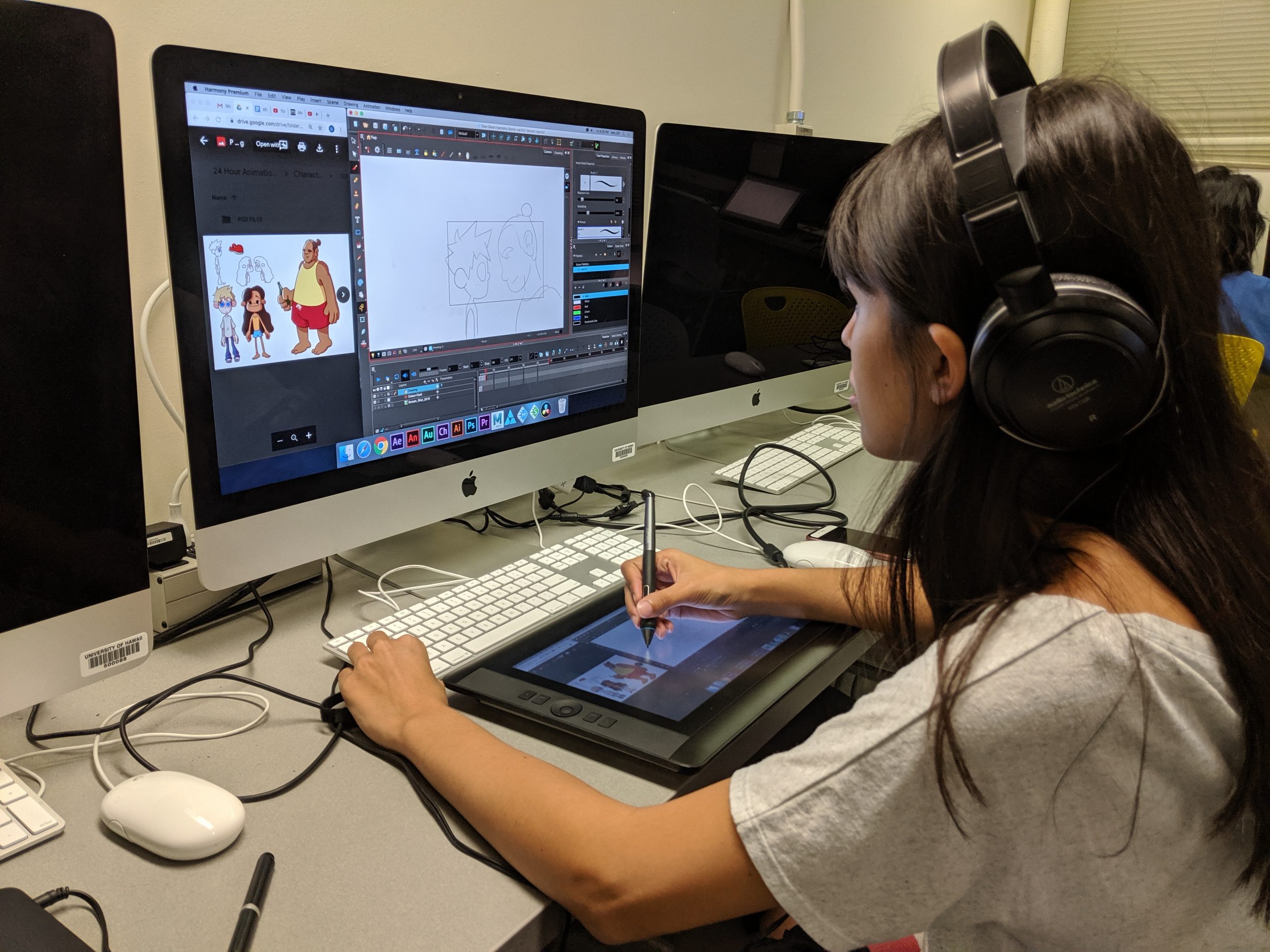
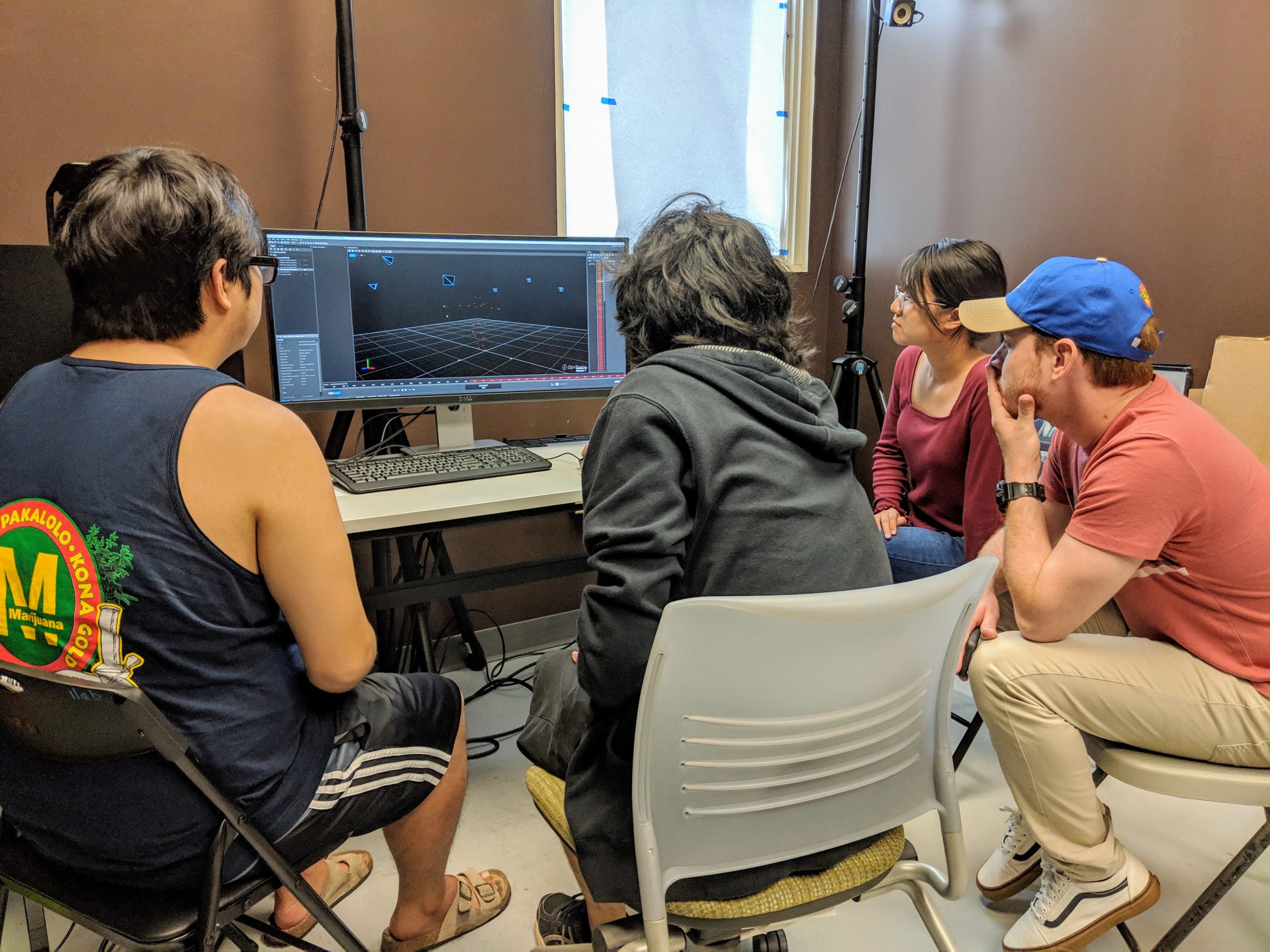
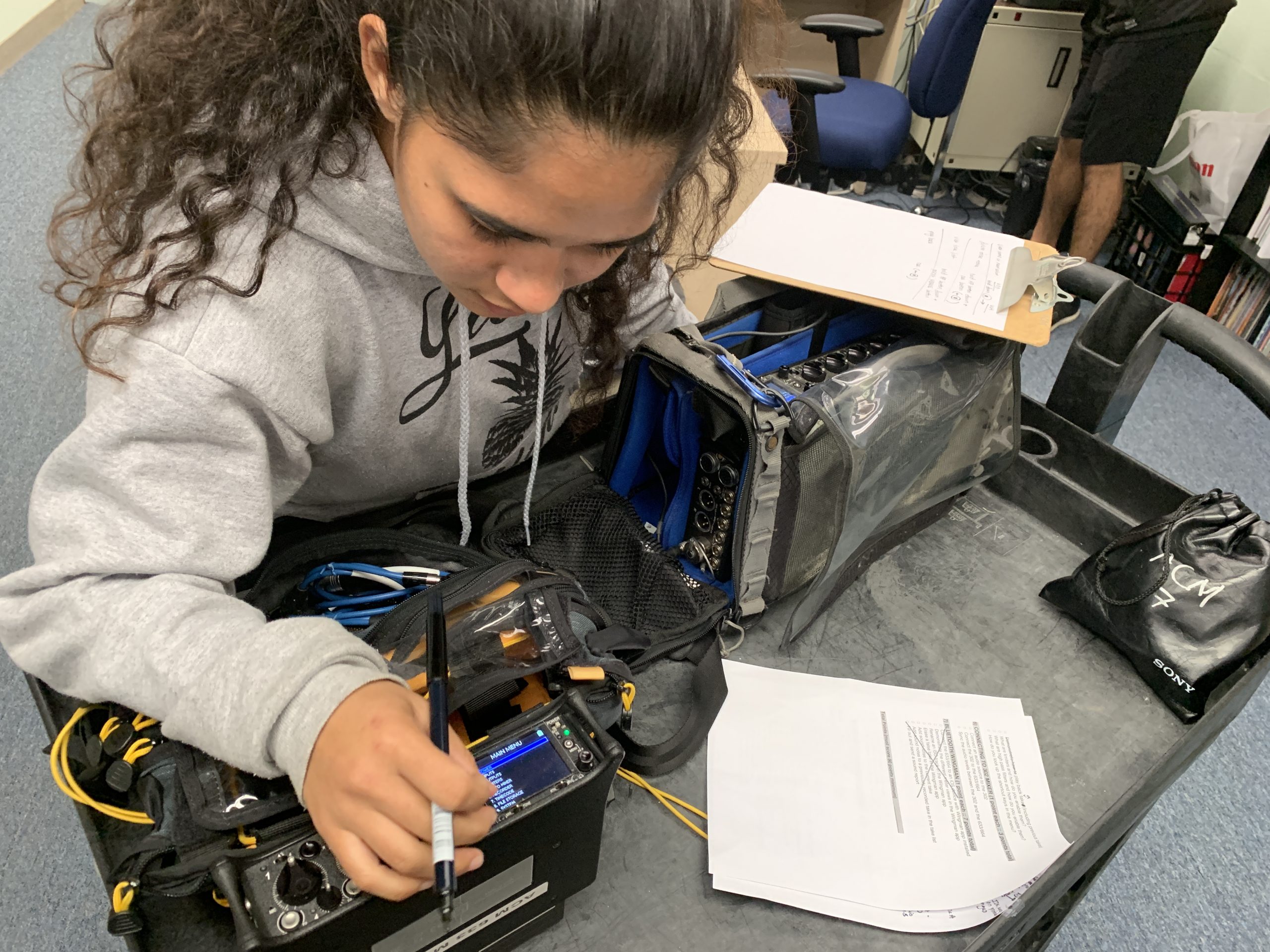
Critical Thinking
- Constructively critique their own and others’ intellectual and creative work
Writing
- Write a creative work that tells a story
- Write a critical piece that applies theoretical principles
History and Aesthetics
- Know the intellectual history of cinema and place their work within that history.
Professional Skills & Creativity
- Create a visual narrative through application of appropriate principles and production skills
- Understand the essential collaborative nature of creative productions by working as a team member
Ethics and Responsibility
- Understand and articulate the role and rights of a responsible artist
Get Involved
Join a ACM Student Registered Independent Organizations (RIOs). See below for information on two current ACM RIOs.
Mānoa Creative Productions is an RIO at the University of Hawaiʻi at Mānoa committed to providing tools, animation techniques, leadership skills, communication skills, and network necessary to fulfill potential interests and wants of the Academy of Creative Media Animation students. MCP organizes events and opportunities for ACM students to get involved with their community, collaborate on projects, showcase their films, and improve their creative works. For more information, please email mcpc@hawaii.edu or visit their Instagram @manoacreative


